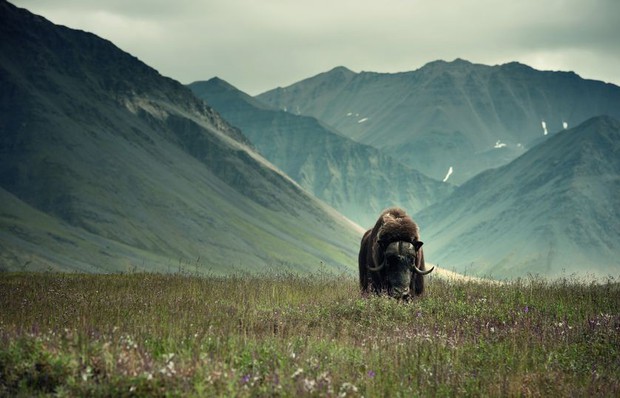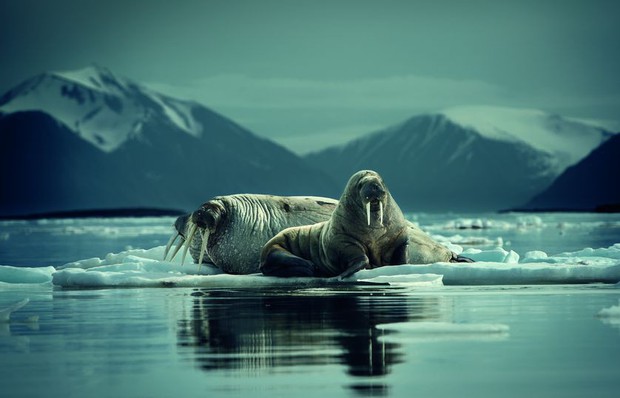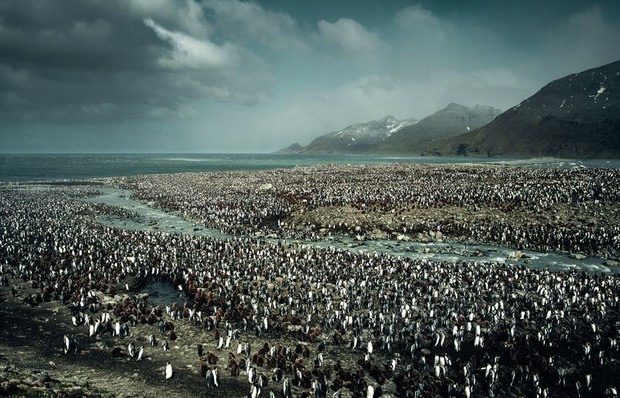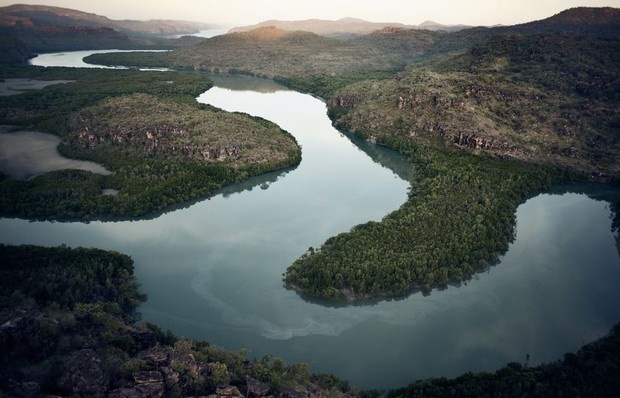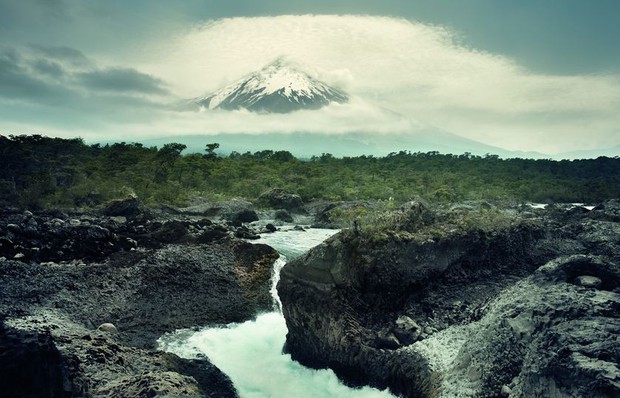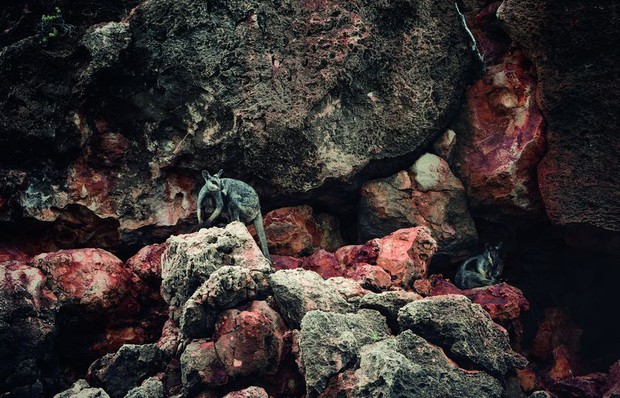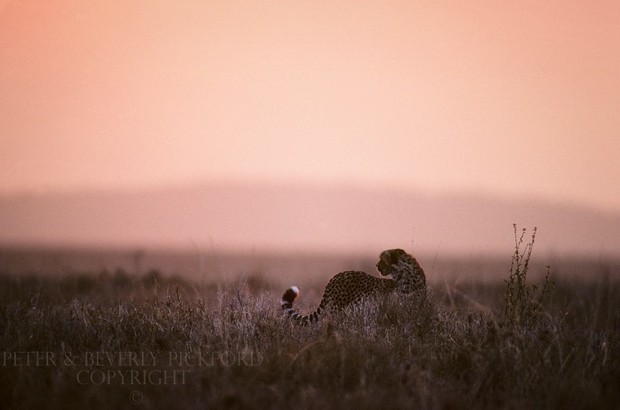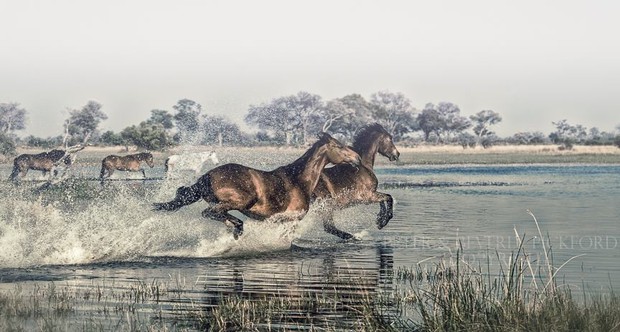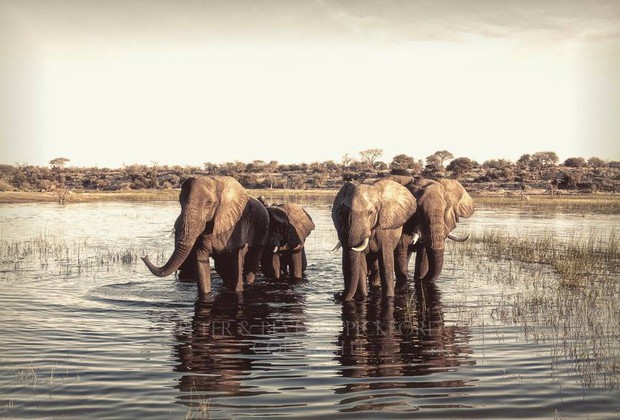Undeniably, humans have had a negative impact on the entire ecosystem of the world, so severe that they have destroyed 96% of the planet’s wildlife. But only the remaining 4% is enough to prove that the wilderness still exists and reproduces.
Only 4% stayed.
It is undeniable that humans have a negative impact on the entire ecosystem of the world Even with plants and animals isolated from the continent, power plants using fossil fuels still extinguish them and fall victim to metal pollution. heavy.
A scimitar oryx in the middle of the harsh landscape of Namibia
A musk cow in the middle of Alaska
Globally, climate change is even causing permafrost to melt. In the belly of a dead whale in the distant ocean, disposable plastic products have been discovered. Even on the coasts where there is no shade of people, the microplastics are still scattered with sand.
Horrified by the destruction of humans, biologist E.O. Wilson (USA) once called for half the planet to be devoted to nature. The Wyss Campaign for Nature was born, spending $ 1 billion to ensure that by 2030, 30% of blue planets will be absolute wilderness areas.
A pair of statues on an iceberg in Norway
So far, the human impact has slaughtered 96% of all land mammals. So what’s left between nature is only 4%.
But there are still miraculously beautiful heavenly corners
Admittedly, the above 96% figure is a shocking fact. But when we look back, it’s happy that we still have a few corners of paradise.
To record these “heavenly corners”, the couple Beverly and Peter Pickford have embarked on “the most ambitious journey”. He searches for all the last wild spaces on the planet.
Penguin Paradise in Antarctica
Beverly and Peter Pickford were both born and raised in Africa. They were soon conquered by the natural world, becoming conscientious conservationists as well as adventurers passionate about exploration.
After 4 years of excavating in 7 continents of Asia, Africa, South America, North America, Europe, Australia and Antarctica, they have successfully proven that there are still untouched wilderness on earth.
“Wild Land”: the best wildlife photo book of all time
Bringing together photos taken over the past four years in search of the globe, the couple Beverly and Peter Pickford create a beautiful photo book called “Wild Land”. It includes over 200 photos, capturing the best moments of the pristine wilderness of Alaska, Antarctica, Australia to Namibia, Tibet and the Arctic.
Open “Wild Land”, before your eyes will be the real “corners of wild paradise”. Each photo is like a work of art. For conservation, they are perhaps the greatest spiritual gift, stimulating new efforts for the restoration of nature.



